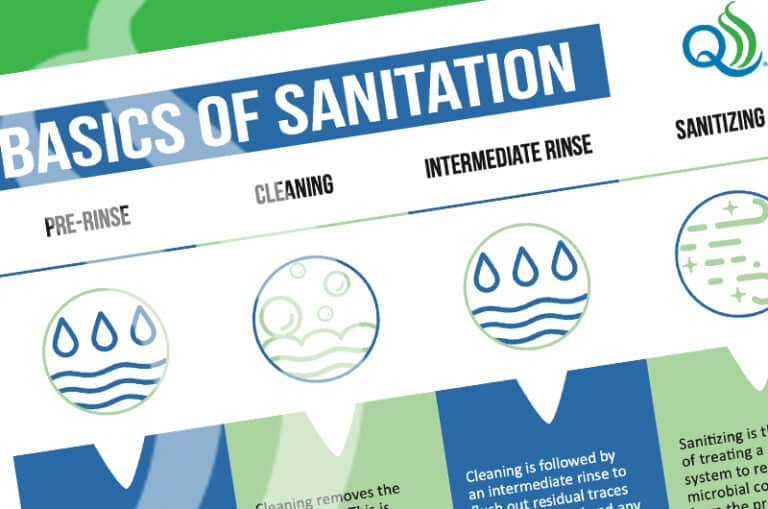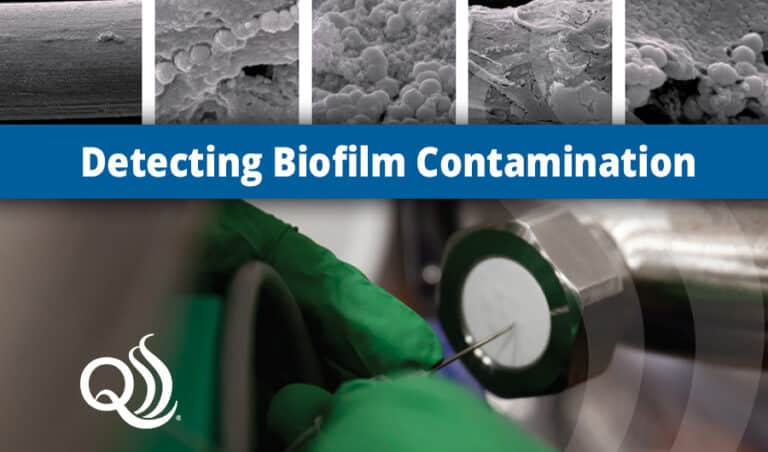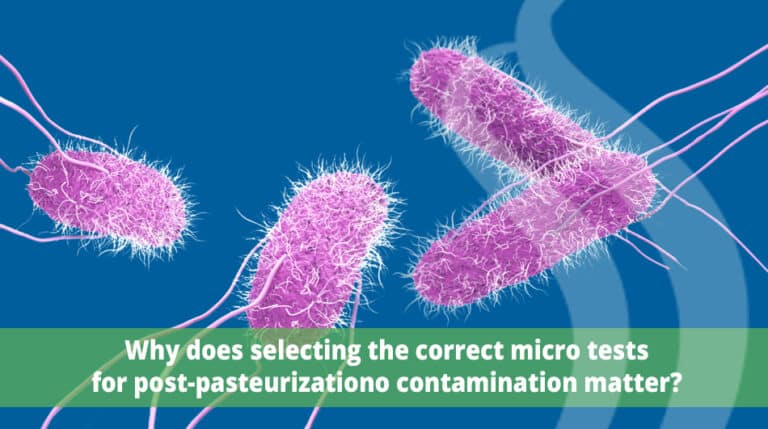The Process of Sampling and Testing and the Importance of Starting with Results in Mind
In the world of food safety in the dairy industry, one of the key pillars is the process of sampling and testing. And we do test a lot! Starting on the farm, we test from the cows to the pens to the holding tanks and all the way to the tanker. Then at the dairy plant,…













